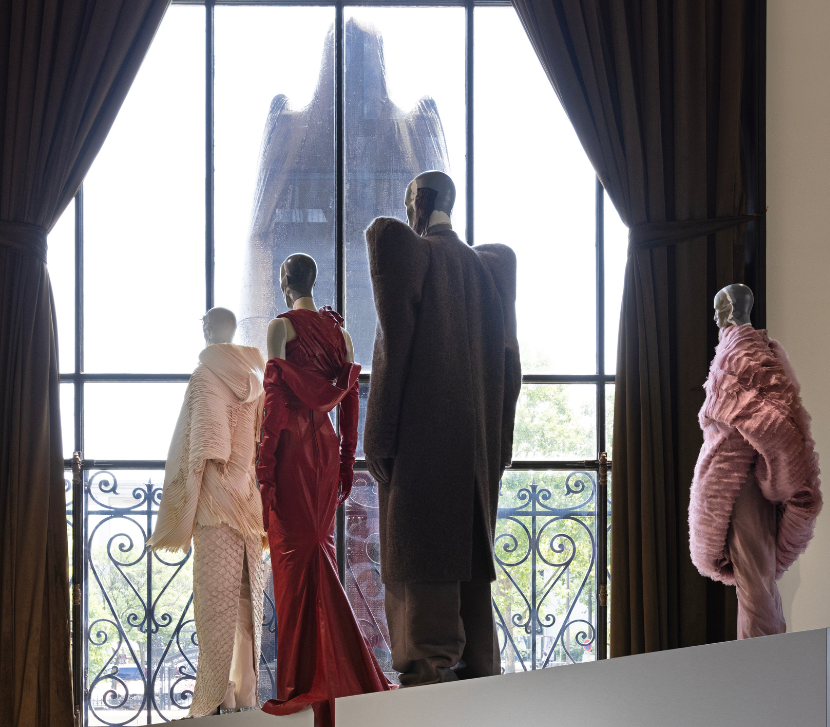From September 4th, the eponymous artist's iconic pieces will be exhibited in Paris at the National Picasso-Paris Museum for an incredible exhibition questioning the notion of masterpieces.
Through his long and prolific career, Picasso explored new forms of expression while searching for perfection. But what did the notion of "masterpiece" mean for this giant of modern art? That is what the new exhibition will unveil at the National Picasso-Paris Museum by tracing the genesis of one of his most iconic works from the creation process to the audience reception.
Some works of art will be displayed for the first time in Paris
In this vein, major works will be displayed in the museum (some of which have never been exhibited in Paris), thanks to exceptional loans, collaborations, and unique restorations.
Visitors will have the opportunity to discover "Science et Charité," one of the first works made by Picasso at the age of 16, the "Arlequins" with a melancholic figure that permeates his painting, the monumental trilogy of "Les Baigneuses," which has never been brought to in France up until now, or "La Danse," which he refused to sell for years.
We cannot omit "Les Femmes à leur toilette," a monumental collage dating back from 1937-1938, which is one of the most emblematic artworks of the National Picasso-Paris Museum. It will be exhibited for the first time since its restoration in 2018

Enriched by the museum's exceptional archive collection, the course also traces the progression of works to masterpieces, returning to the exhibitions, journals, and books that accompanied them. The exhibit also questions the intimate dimensions of the Picassian masterpieces, as with "Le Petit cheval," an amazing sculpture made for his grandson, Bernard Ruiz Picasso, from metal table elements and fashioned with wheels.
By Anne-Claire Delorme
Globetrotting journalist [email protected]










